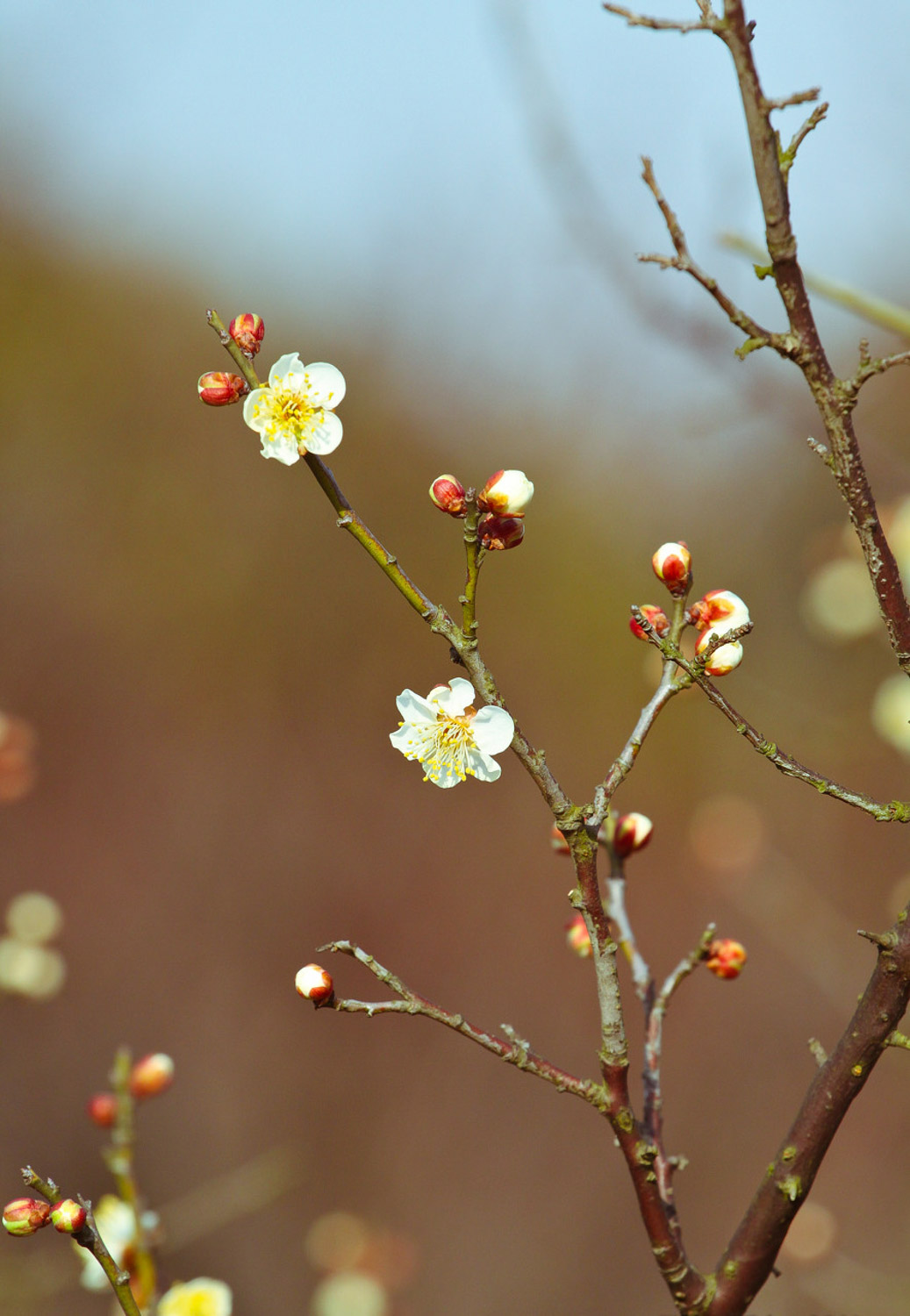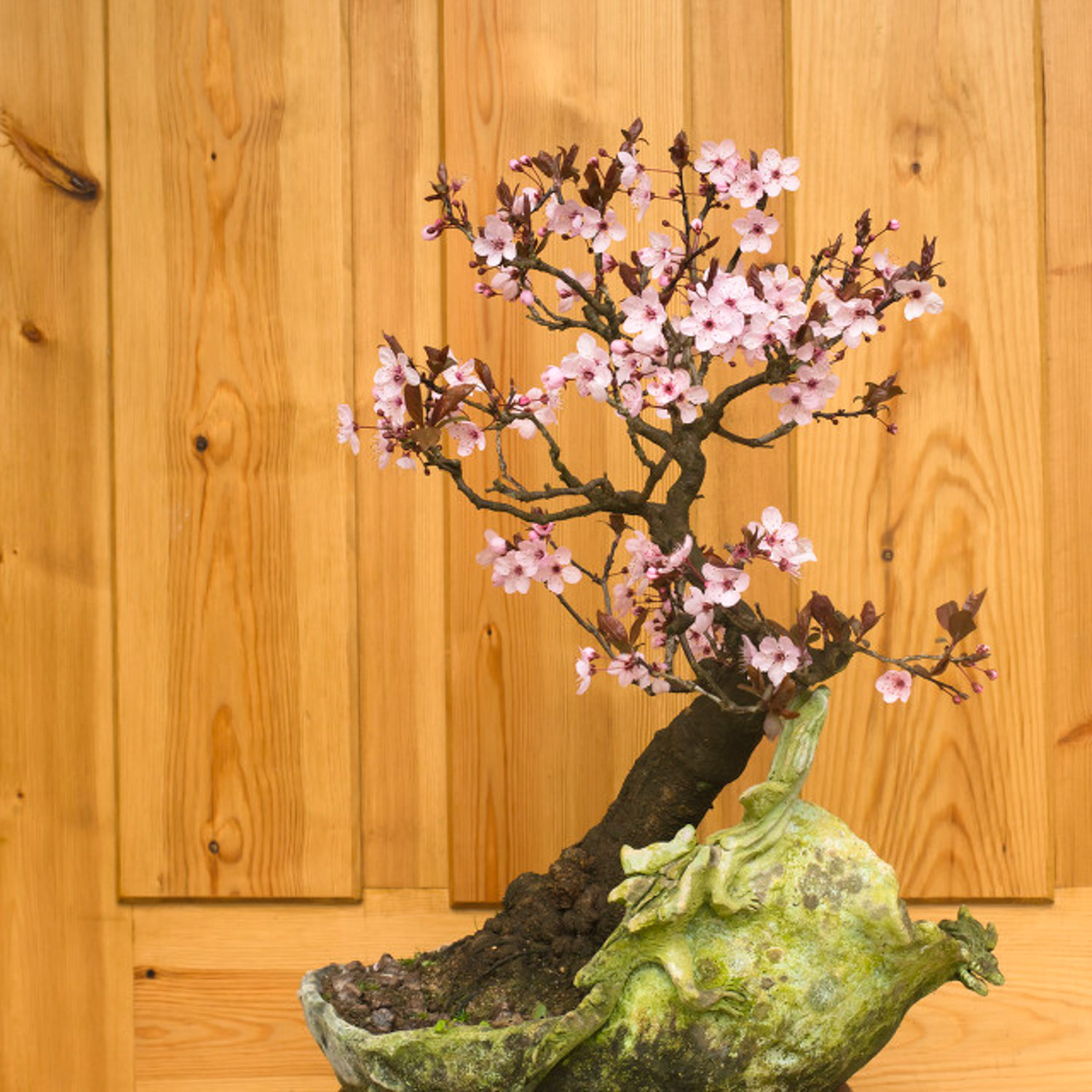1、 Soil
Plum blossom has strong adaptability to the soil and can tolerate barren soil. As long as the soil has good drainage, it can grow well. Generally, we can mix rotten leaf soil, compost soil and sandy soil in the ratio of 2:2:1 for plum blossom cultivation
2、 Watering
When watering plum blossoms, you should see dry and wet. If the soil is not dry, you can not water it. After the soil is dry, you should water it through. In addition, when it is rainy, the ponding in the basin should be removed, otherwise it is easy to rot

3、 Illumination
Plum blossom is suitable for growing in places with sufficient light. If it grows in places with insufficient light for a long time, it will become thin, spiritless and can't bloom a lot
4、 Temperature
Plum blossom likes warmth and is very cold resistant. Generally, it can withstand - 10 ℃, and some cold resistant varieties can even withstand the low temperature of - 25 ℃; It is also very heat-resistant and can grow at 40 ℃. However, it grows best at 16-23 ℃

5、 Precautions
1. Change pots every year. After raising for one year, the soil nutrients in the plum blossom basin are basically exhausted, so it should be replaced with new soil to ensure the supply of nutrients
2. Trim in time. When it blooms for 20 days, it should be trimmed in time, and the residual flowers, dead leaves, sick branches and dead branches should be cut off, so as to reduce nutrient consumption and increase its ornamental value at the same time


 jackfruit
jackfruit snake plant
snake plant hibiscus
hibiscus hydrangea
hydrangea lavender
lavender Green roses climb al...
Green roses climb al... If you don't pay att...
If you don't pay att... Management of four g...
Management of four g...

































